Anyone who has played poker could tell you what a wild roller coaster ride of a game it always is. The course of history for Internet poker in Nevada has fittingly, been no different. It has been long and complex. The very first site to start dealing real money online poker was called Planet Poker, officially kicking off its action on New Year’s Day in 1998.
The competition only rose from there. As more and more sites began to develop, software was becoming more and more advanced. As the popularity grew, the amount of revenue it generated broke into the millions, and then the billions.
Top Rated US Casino Sites
| Casino | Bonus | Play | Review | Games | Deposit | Device | Rating | |
|---|---|---|---|---|---|---|---|---|
| 1 | 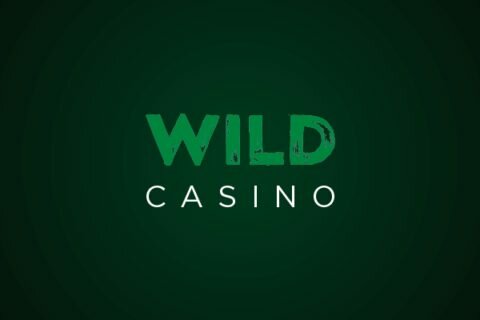 |
Up to USD5,000 Welcome Bonus | Visit Casino | Read Review | Slots, Table Games, Bingo, Poker 24/7 | Visa, Mastercard, Bitcoin, Neosurf | Mobile, Desktop | 90 |
| 2 | 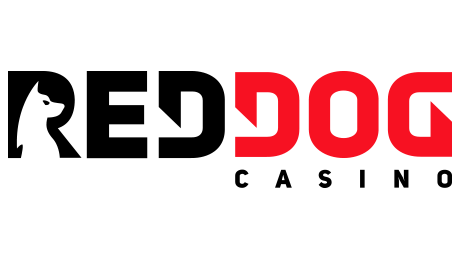 |
Free (No deposit required) | Visit Casino | Read Review | Slots, Table Games, Mobile Compatible | Visa, Mastercard, Bitcoin, Neosurf | Mobile, Desktop | 100 |
| 3 | 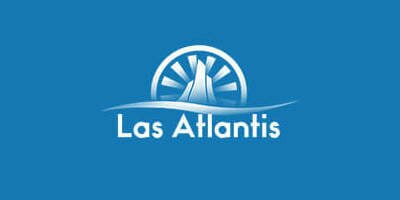 |
280% Welcome Offer | Visit Casino | Read Review | Slots, Table Games, Mobile Compatible | Visa, Mastercard, Bitcoin, Neosurf | Mobile, Desktop | 80 |
| 8 | 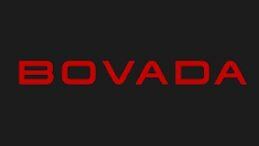 |
0 Poker Bonus, 3,000 USD Casino Bonus, & 0 Sportsbook Bonus | Visit Casino | Read Review | Poker, Casino, Sportsbook | Visa, Mastercard, Bitcoin, Crypto | Mobile, Desktop | 90 |
| 5 | 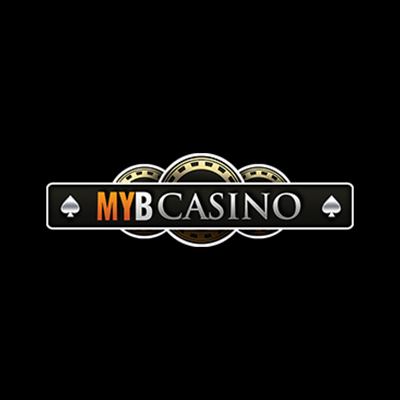 |
200% up to 1,000 USD Welcome Bonus | Visit Casino | Read Review | Live Casino Games, Mobile Compatible | Visa, Mastercard, Bitcoin, Neosurf | Mobile, Desktop | 90 |
| 4 | 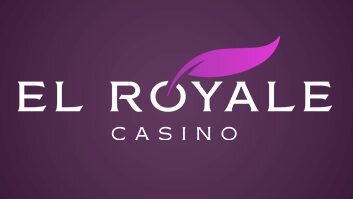 |
250% Deposit Match + 50 Free Spins | Visit Casino | Read Review | Live Dealer, Slots, Table Games | Visa, Mastercard, Bitcoin, Neosurf | Mobile, Desktop | 100 |
| 7 | 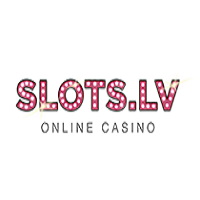 |
200% up to 1,000 USD Welcome Bonus | Visit Casino | Read Review | Slots, Table Games, Poker 24/7 | Visa, Mastercard, Bitcoin | Mobile, Desktop | 100 |
| 6 | 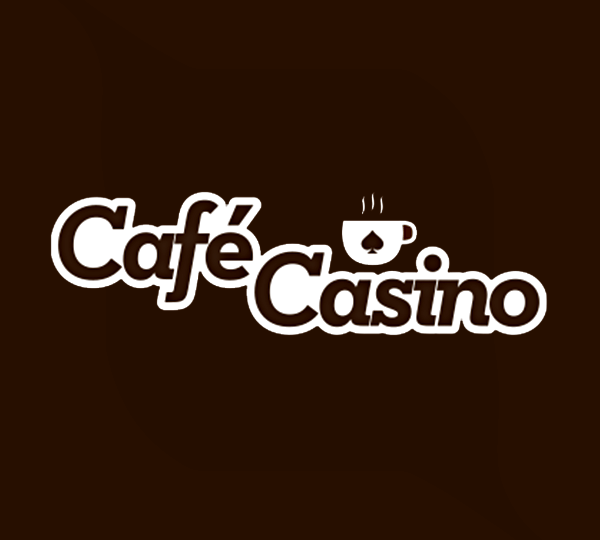 |
100% up to 1,000 USD First Deposit Bonus | Visit Casino | Read Review | Slots, Table Games, Mobile Compatible | Visa, Mastercard, Bitcoin, Neosurf | Mobile, Desktop | 80 |
The Beginning of the End
Infamously known as Black Friday, April 15, 2011 marked a significant day in the Internet poker community. However, the events before Black Friday began many years earlier. During October of 2006, the President at the time, George Bush, enacted the Unlawful Internet Gambling Enforcement Act. The goal was to prevent businesses from moving funds to and from all types of gambling sites. Not a single mention of poker was included in it. With all of the complex formalities, formulating policies, and various other steps needed to pass a law, its compliance was not required until June of 2010.
Majorly recognized platforms such as Full Tilt Poker, UltimateBet, Absolute Poker, and PokerStars disregarded the UIGEA and permitted Americans to continue depositing and playing. This period didn’t extend for very long, as within less than a year from when the compliance was required, Black Friday massively disrupted Internet poker. The air felt tense.
The United States Department of Justice issued a comprehensive indictment against high-ranking executives of those poker sites for defying the UIGEA. Later that day, PokerStars and Full Tilt Poker had already blocked access for everyone in the USA, while operations carried on mostly unchanged for the rest of the world. Absolute and UltimateBet did not act right away, but eventually did so on April 21, ensuring they would focus on refunding players all of their money. Still, no one has laid eyes on a penny. PokerStars executed payouts almost immediately. Within a span of a few months, revelations showed that Full Tilt Poker was operating as a worldwide Ponzi scheme. Owing approximately $390 million to its American players, it had merely $60 million available. The entire situation was chaotic. Nearly 3 years of negotiations took place before any money started returning. It has been calculated that around 94% of what was owed has been paid back.
The Rebirth
Tremendous efforts have been made to bring back the legality of online poker to the United States. In the big picture of it all, very little has been accomplished. However, Nevadans have been back in action for a few years now. On December 22, 2011, just a few months removed from Black Friday, the Nevada Gaming Commission set forward the process of trying to bring Internet poker back to the Silver State. After all of that reached a resolution, the first Internet poker site to return to Nevada was on April 30, 2013, a site called Ultimate Poker. The Station Casinos were the ones operating the site, and promoted it greatly inside their properties. Players had the luxury of depositing or withdrawing from their accounts right at the casino cages. This was certainly a nice reprieve. When the UIGEA was passed, even though it was still doable, getting money in and out of your poker accounts was not so easy. This was just part of why Internet poker games also continued to progressively get harder and harder to beat. The majority of the players willing to jump through all of the hoops were the serious players. 
Ultimate Poker took off right away. Hundreds of players were on it from the first day. The only people allowed to play were those inside of Nevada. It did not matter if you were a resident of Nevada. In order to ensure that no one just outside the borders of Nevada could play, if you were within a mile of the border, your action was rejected.
On September 17, 2013, WSOP.com was launched, and within a number of weeks had already taken over as the top site. It had been heavily promoted during that previous summer’s World Series of Poker, which helped take players away from Ultimate Poker. The software was way better, and there were many more games available. Texas Hold’em has been the most popular game for years, and that was all you could play at Ultimate Poker. WSOP had 7 card stud, 7 card stud 8/B, Omaha, and Omaha 8/B. It was a far more complete site. Ultimate Poker could not hang. November 17, 2014 was the last day of Ultimate Poker’s short lived existence.
A third Internet poker site entered the mix on February 19, 2014. The site was called Real Gaming, and run by the local South Point casino. Player could deposit and withdraw right at the cage. The only game offered was also Texas Hold’em, and you could only play cash games or single table tournaments. It never stood much of a chance. The graphics and software were weak. Hardly anyone played on the site at a given time; maybe a few dozen people. Stories circulated regarding collusion. Of course, collusion is always going to be a threat when playing online, but for a lesser known low key site that barely has anyone on it to begin with, it already looks the part for potential cheaters to set up shop. The site is believed to have folded sometime during the summer of 2016.
So WSOP.com it is if you are wanting to play Internet poker in Nevada. The VIP program is called The Action Club. Players may earn anywhere from 8-35% rakeback based on how much monthly rake they pay each month. As a new player, you will receive a 100% initial deposit bonus as great as $400. Also, after you make your first deposit of $10, you get tickets for 7 $100 freeroll tournaments. These expire after 7 days.
On July 2, 2015, WSOP.com hosted its first ever bracelet event during that summer’s WSOP. The buy-in was $1,000. They played down to 2 players on the first day, and those 2 met each other to finish the event at the Rio on July 4. This event was repeated during the 2016 WSOP, and will presumably continue in the years to come. During the spring and summer, there are numerous satellite events offered to players to try and get into various WSOP tournaments. Some of these events you may enter for only $1. Others are total freerolls.
The No Limit Hold’em and Pot Limit Omaha cash games start for as small as 1 cent/2 cent and they progress from there by multiples of 2. The PLO tops off at $25/$50 and NLH goes up to $200/$400. The 7 Card Stud hi and 8/B fixed limit games begin at 5 cent/10 cent and get up to $10/$20.
The fixed limit Hold’em cash games start at 5 cent/10 cent and go up to $150/$300. There are no limit games for Omaha Hi. The limits for Omaha 8/B start at 5 cent/10 cent and go up to $50/$100.
The single table Sit-n-Go tournaments start at $1 and go up to $200. You can play a 1 on 1 heads up tournament, 6 handed, or 9 handed. They are also offered as turbo, or super turbo tournaments if you are looking for a fast and furious outcome. All other tournaments also range from the $1 to $200 entry, with the occasional special tournament that requires $500 for entry. $500 events are usually reserved for things like wanting to qualify for the $10,000 main event tournament.
Or if you are just looking to play some poker for fun and don’t have any interest in winning or losing any money, playmoney cash games and tournaments are offered for all of the said poker games.
Updated: 25.05.2025
